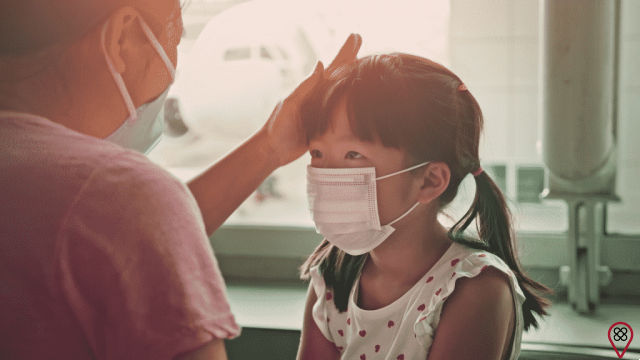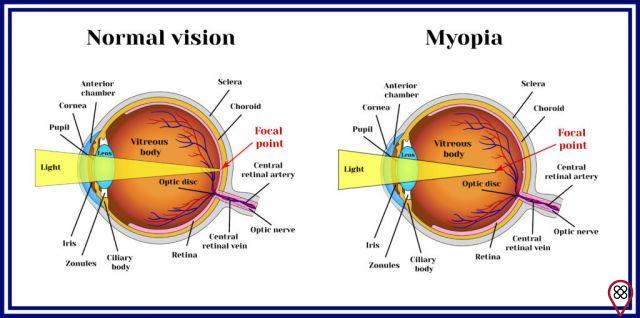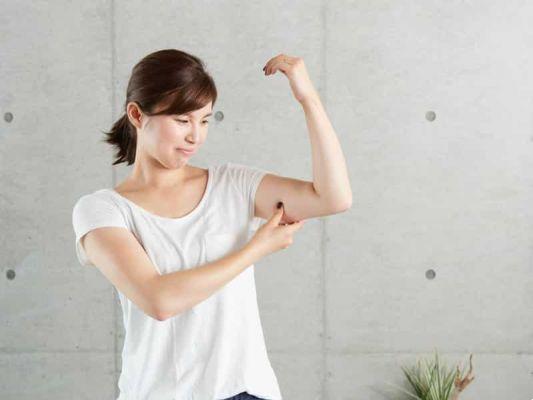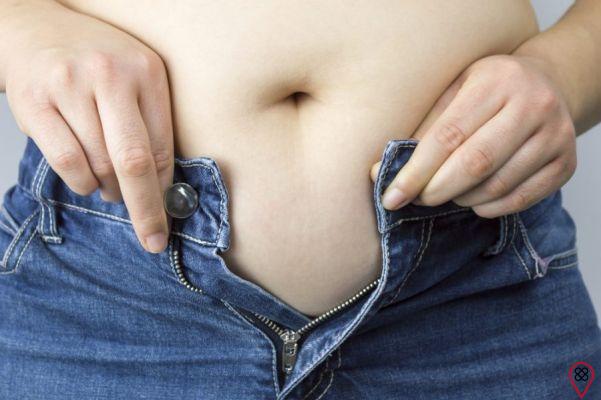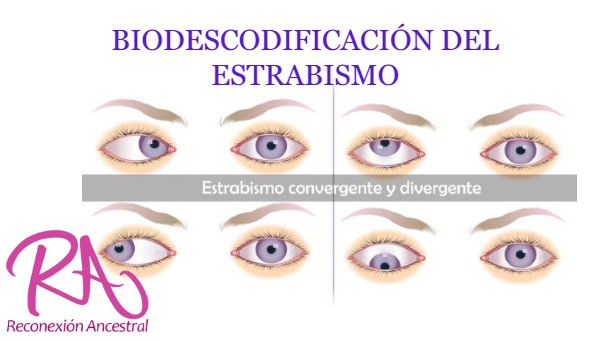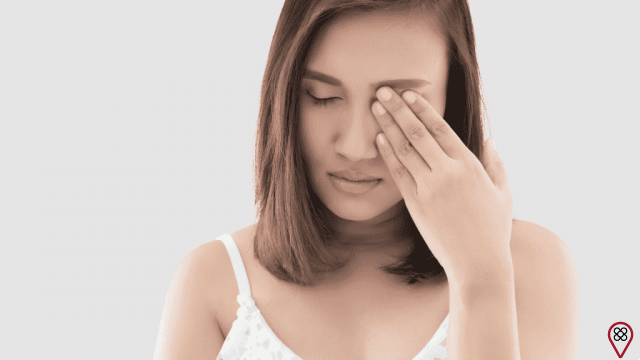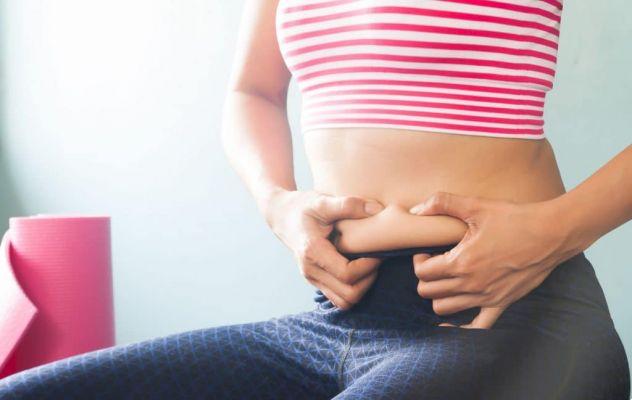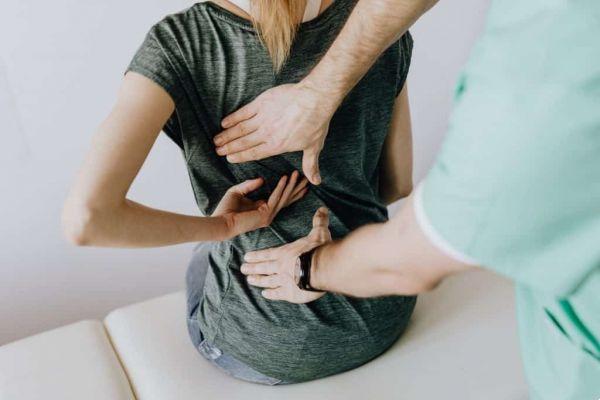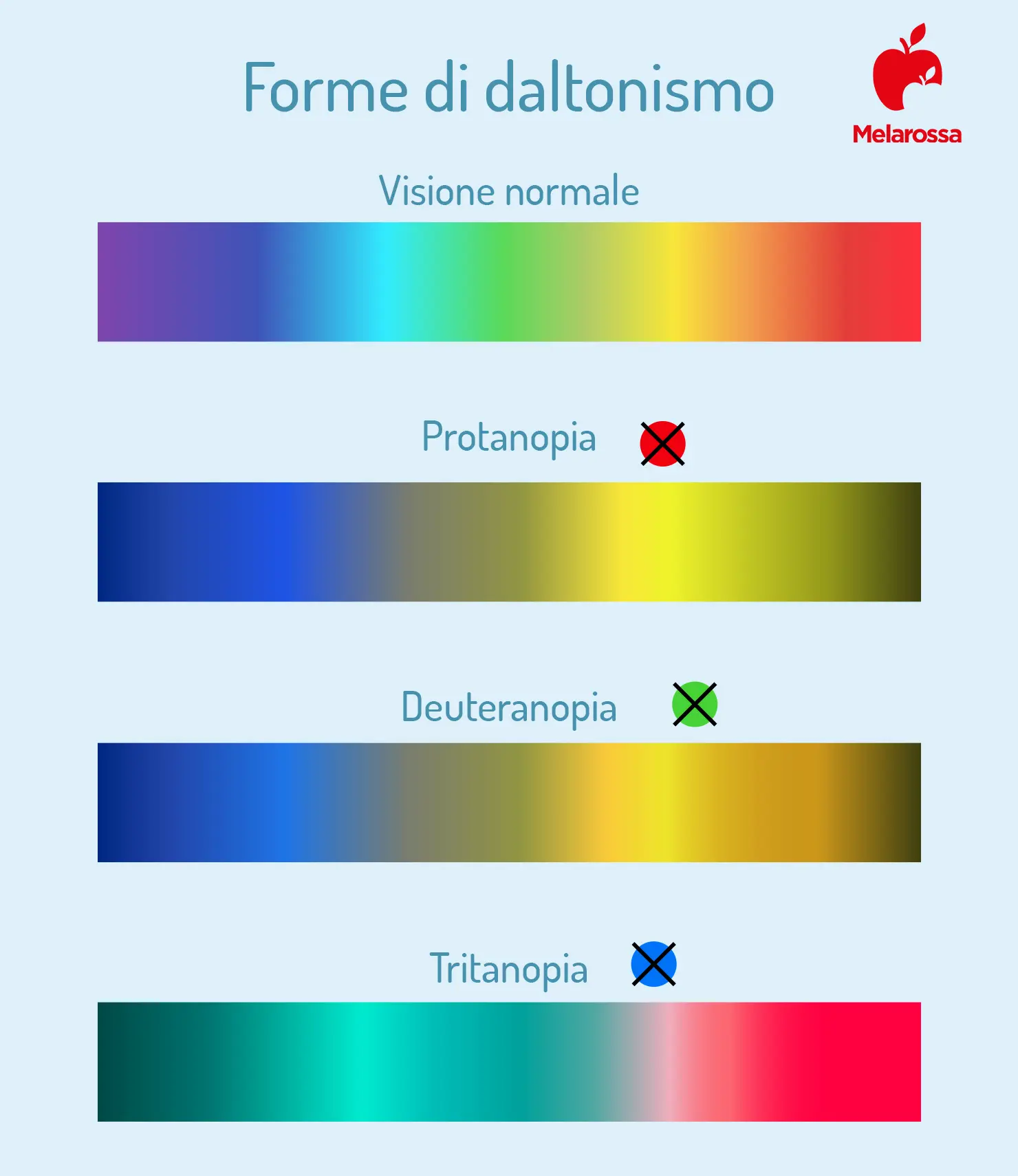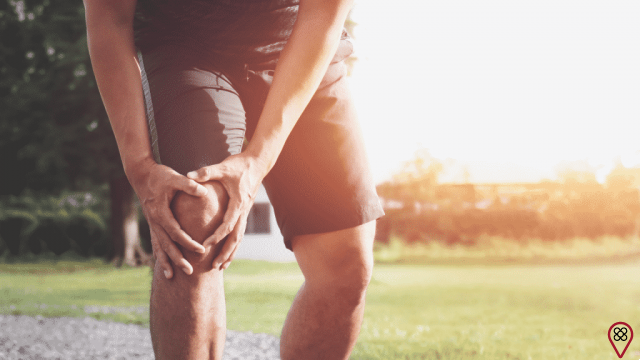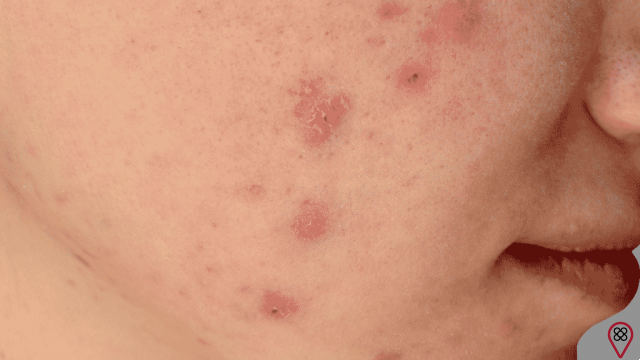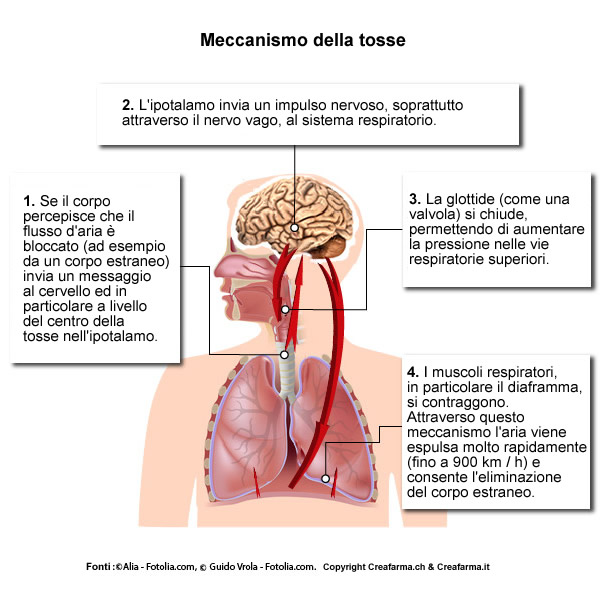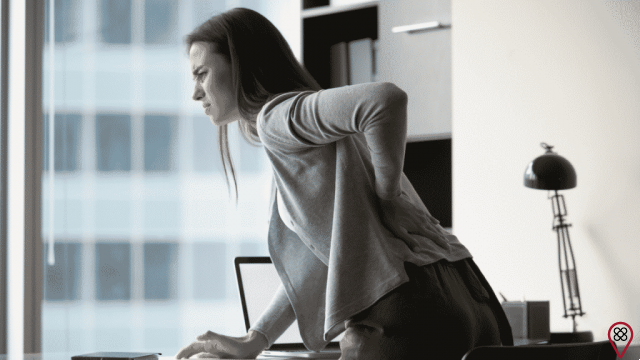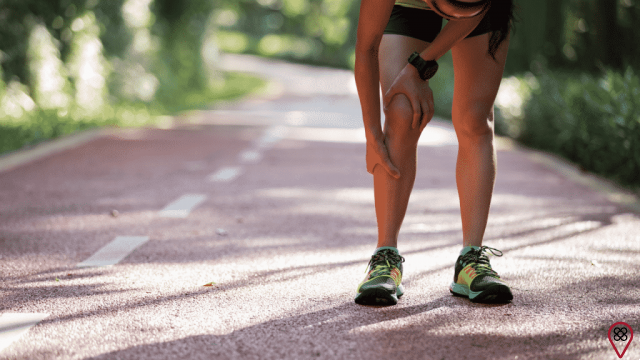The breasts are two organs located in the chest of a person, whether male or female. In the female body, they are mainly developed for the reproductive process, as they provide food for a newborn baby.
In addition, breasts are directly related to a woman's self-esteem. In a patriarchal society, in which the female body is seen as an object, these organs are intensely sexualized and need to meet a series of beauty standards.
However, with the evolution of society, it is possible to understand that the breasts are just another part of the body that needs specific care. So take time for your health, with the content we have prepared. Learn more about your tits!
Breasts and body language
Body Language is a theory developed by Cristina Cairo, which argues that our feelings are manifested in our physical bodies as well, not just emotionally. Therefore, the scholar analyzes each part of the organism and the thoughts related to them.

In this sense, Cairo says that the breasts represent courage and daring. Symbolically, when a person has the courage to face the world and defend their own ideas, that individual's breasts will have good support, preventing sagging and localized fat.
Another point defended by Body Language concerns the size of the breasts. If they are small, the person is likely to have a lot of Yang energy, which is masculine energy. That is, she is the one who gives the orders, appreciates her own freedom and is not submissive.
On the other hand, if the breasts are large, Cairo states that the individual has Yin energy, which is feminine energy, dedicating himself to the home and children, and maintaining a more submissive and passive posture.
So, according to Body Language, if we want to change the way our breasts look, we need to change the way we position ourselves in the world. But that's not the only way to think about it. Keep analyzing your body next!
Pain in the breasts
One of the issues related to the breasts that most arouses fear in a woman is pain in these organs. This discomfort is called mastalgia and affects about 70% of women, according to hormonal changes they may experience.
Therefore, most occurrences of breast pain are not a cause for concern. In fact, it's just a passing discomfort, which tends to improve according to the menstrual cycle or the stage of menopause.
In these cases, pain can be relieved with pain medication (with medical advice) or wearing a bra. The accessory will support the breasts, preventing them from rubbing against clothes or moving around, which could increase discomfort.
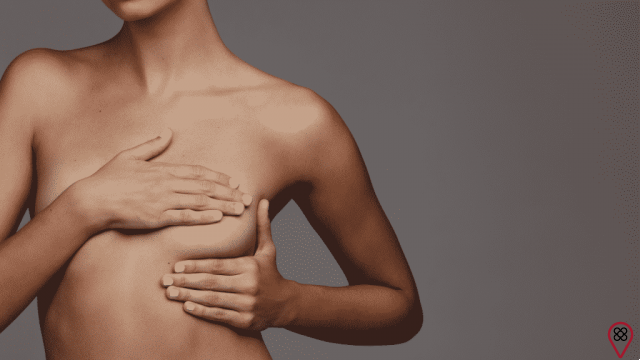
However, there are other conditions that are related to breast pain. The first of these is breastfeeding mastitis, which forms when milk becomes congested in the breasts, which may (or may not) have an infection.
In this situation, the most recommended thing is to seek medical help, but warm compresses on the breasts and a massage in the painful area can help. Another relief technique is the use of a nursing bra.
In addition to hormonal changes and breastfeeding, breast cysts can cause organ pain. While some cysts can form and disappear on their own, it's important to investigate any changes in breast tissue. Therefore, taking pain medication and seeking professional help are two recommended actions.
In more severe and very rare cases, breast pain can be a sign of breast cancer. Learn more about this disease with the next topic. Pay attention to the other symptoms of the problem to protect yourself!
Breast cancer
According to the National Cancer Institute, in 2020, 66.280 new cases of breast cancer were identified in women. In men, this type of cancer represents only 1% of all cases. However, in 2019, 18.068 women died from the disease, while 227 men died from it.
From these statistical data, we understand why it is so important for women to prevent breast cancer. The disease develops when there is a multiplication of abnormal cells in that part of the body, forming a tumor that can expand to other organs.
This change in breast cells can happen for a number of reasons. The risk of having breast cancer is higher for women who are sedentary, who have not had children, who smoke tobacco, who consume alcohol, who are obese or who have a family history of the disease, among others.
However, even without presenting any of these conditions, it is essential to keep an eye on the symptoms of the disease and perform annual exams to identify it early, increasing the chances of successful treatment.
Some of the signs of breast cancer are: fixed and painless lump in the breasts, reddened, tight or orange-peel texture on the breasts, changes in the nipple, abnormal fluid leaking from the nipples, and small lumps in the armpits and neck.
Once one of the symptoms presented is identified, it is necessary to seek medical help. When detected at an early stage, breast cancer can be treated more satisfactorily and less aggressively. This is because the treatment depends on the stage of the disease.
In the early stages of the disease, before the cancer has spread, treatment is more localized, with surgery or radiation therapy. However, if the cancer is likely to return, or if it has already metastasized (spreading), treatment includes chemotherapy, hormone therapy, and biological therapy.
Even if breast cancer is at an advanced stage, treatment will aim to balance the patient's life with the disease. In this way, she can maintain a good quality of life despite the cancer.
It is essential to highlight that only one health professional is able to identify the appropriate treatment for each woman who has breast cancer. However, medical help is not necessary when performing a self-exam. Find out more about it!
breast self-examination
Also according to the National Cancer Institute, 30% of cases of the disease can be avoided with the practice of physical exercises, breastfeeding, reducing alcohol consumption and quitting tobacco smoking. But breast cancer prevention goes beyond that.
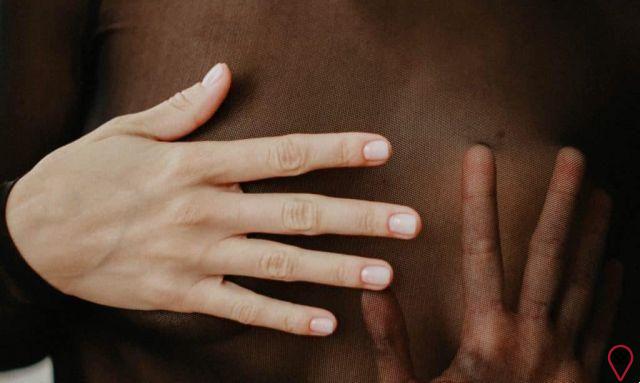
As we have pointed out, diagnosing the disease early is essential to treating it more efficiently. Therefore, self-examination is part of the prevention process and helps in the process of self-knowledge. The procedure is painless and can be done at home, with tranquility and safety, from adolescence.
To perform a breast self-exam, follow these steps:
1) In front of the mirror
First, let your arms relax by your sides and look at both breasts. Then, place your hands on your hips and push, always analyzing the appearance of your breasts. Then place your hands behind your head and pay attention to your nipples, identifying if there are any changes. Finally, lightly press the nipples to see if any liquid comes out.
2) Standing while showering
Start by lifting your left arm and placing it behind your head. Stretch out your right hand and examine the left breast with it, looking for changes. Do this calmly and carefully, using the pads of your fingers. After making circular movements all over the breast, repeat the process on the right breast.
3) lying
In bed or on the sofa, palpate the breasts, one at a time, with circular movements, applying light pressure. Then, feel your armpits. In this process, look for possible changes in skin texture and for fixed, painless lumps.
If you notice that there is something abnormal in your breasts, seek medical help to perform specific laboratory tests.
You may also like
- Know 8 signs of breast cancer you need to be aware of!
- The symbolism of breasts in the Pink October campaign
- Understand how physical changes act as a communication channel for our body
- Illness in the uterus can be caused by negative emotions
- Discover which physical pains are directly related to emotional problems
- Why should we stop wearing a bra?
Considering the content presented, it is observed that the breasts need attention and care. While Cristina Cairo claims they are all about courage and daring, it is essential that you investigate the biology behind this part of your body, with routine checkups. Show how much you love yourself by taking care of your body, both inside and out!






